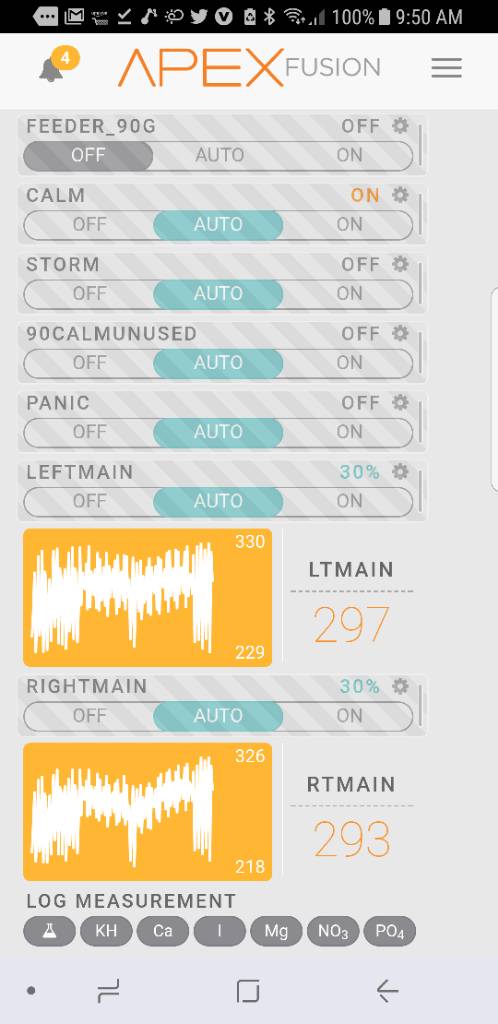- Joined
- Dec 21, 2017
- Messages
- 156
- Reaction score
- 72
I'm wondering if it would be possible to have two pumps feeding the same return line. I've been watching brstv and appreciating the current talk of having multiple return pumps to prevent disaster in the event of pump failure.
My situation is that my sump and refugium are 20 feet away in the next room and I would really rather not run two sets of return pipes across the bedroom wall. After listening to two pump manufacturers' videos I decided to over size the return line and used one and a quarter inch PVC pipe.
So my idea is to take two 3/4 inch lines going from multiple return pumps into a 1 1/4 x 3/4 Y and into the 1 1/4 inch PVC pipe. I would put backflow valves just before the Y. The pumps are similar in terms of gallons per hour and capacity for head pressure. So if there are any fluid dynamics engineers or better yet a seasoned plumber who would like to contribute their thoughts I would greatly appreciate it.
I'm leaning towards just using one pump and keeping the other as a spare but I'll Stand By and hear what people have to say.
Thank You!!
My situation is that my sump and refugium are 20 feet away in the next room and I would really rather not run two sets of return pipes across the bedroom wall. After listening to two pump manufacturers' videos I decided to over size the return line and used one and a quarter inch PVC pipe.
So my idea is to take two 3/4 inch lines going from multiple return pumps into a 1 1/4 x 3/4 Y and into the 1 1/4 inch PVC pipe. I would put backflow valves just before the Y. The pumps are similar in terms of gallons per hour and capacity for head pressure. So if there are any fluid dynamics engineers or better yet a seasoned plumber who would like to contribute their thoughts I would greatly appreciate it.
I'm leaning towards just using one pump and keeping the other as a spare but I'll Stand By and hear what people have to say.
Thank You!!


















